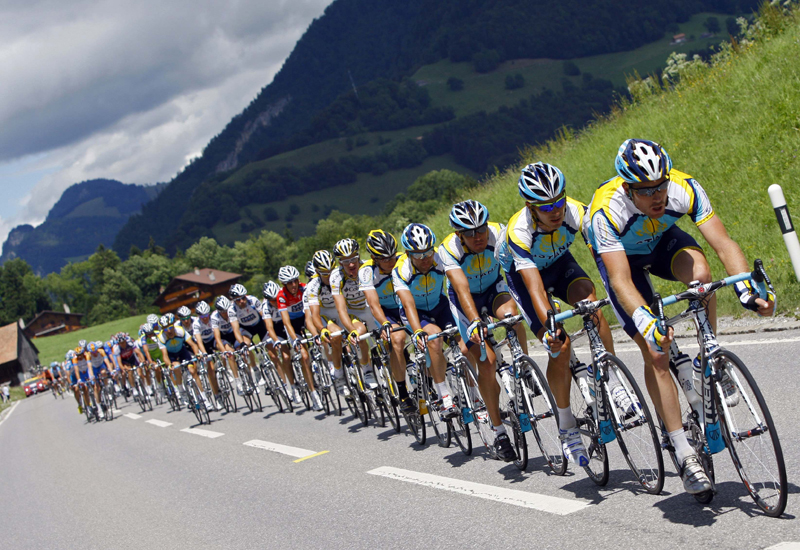This
seems to be an appropriate topic, being that I am on a flight to Salt Lake City
- for just the occasion, a last minute trip planned around a POWDER dump at
Snowbird/Alta. I am from the East Coast,
Virginia to be specific, and there is NO snow around. There are a few "ski areas" within
a couple hours drive but once you get a taste of the fluff from Utah the
"ski areas" really don't do it anymore.
Although
I often talked about it and fantasized about it, this is the first true last
minute, on a whim, go get some POWDER ski trip.
I am talking I book the flights and hotel the night before I got on a
plane. The obvious advantage being, you
pretty much know there is going to be powder is you book the trip the night
before. The rather large disadvantage is
it can be a lot to pull to in a hurry.
Here are a few tips to make it happen for you, the next time you hear
you favorite mountains are about to get dumped on:
1) Be
FLEXIBLE -
This is the prerequisite to everything else.
Last minute trips take a lot of flexibility to not only get out on the
mountain with the Fresh Cold Smoke everywhere but also be able to leave home on
a whim. I would say single people
without families have an advantage here, so use it while you can. The other big key in flexibility is work
schedule. I am lucky enough to own my
own business (www.StoreYourBoard.com) so I get a lot of control
over my schedule.
2) Pick
your PRIME Powder Spots
- Where do you want to go to score the best powder? It could really be anywhere but I would
suggest you want to eye somewhere that gets a significant amount of Powder Days
per year, this will increase your chances.
Terrain - if you have skied powder in the past you know it totally
transforms a mountain ski experience, in my opinion it almost always makes it
better but keep in mind some mountains are better suited for Powder than
others. Typically the steeper the
mountain is the better - think Telluride, Snowbird, Alta, etc. There is nothing
better than long powder runs but some mountains don't have quite enough pitch
to maximize the powder. Another thing to
consider is accessibility, the easier and cheaper it is to get there the
better. I know flying into Denver from
much of the East Coast is relatively cheap with a lot of flights.
3) Know
the Resort -
Ideally you want to go somewhere you have been before. In general you might lean toward my
preference of exploring new areas on ski trips, but leave that for the planned
in advanced variety. It makes things a
lot easier to quickly put together a trip if you know where to fly into, how to
get to the resort, where to stay, not to mention where the Powder Stash hides.
4) Watch
the Weather/Subscribe to Alerts - Going along with point #2 and 3, once you identify your
PRIME Powder Spots you need to stake them out.
Most of the bigger resorts will offer some kind of alert system that
lets you know when snow is on the way so sign up for that service.
5) Powder
Fund -
Everyone has heard of the rainy day fund - well if you are a serious skier you
need a POWDER FUND. Usually it isn't
cheap to go on a last minute trip. The
true powder enthusiasts will be able to justify the added expense for the all
but guaranteed powder. Think of it this
way, the only other way I know to pretty much guarantee Powder is to go Heli
Skiing (to the tune of $10,000+ up in Canada/Alaska) or go Cat Skiing maybe
more like $5000/week.
6) JUST
DO IT -
Enough Said - Go Get Some!





